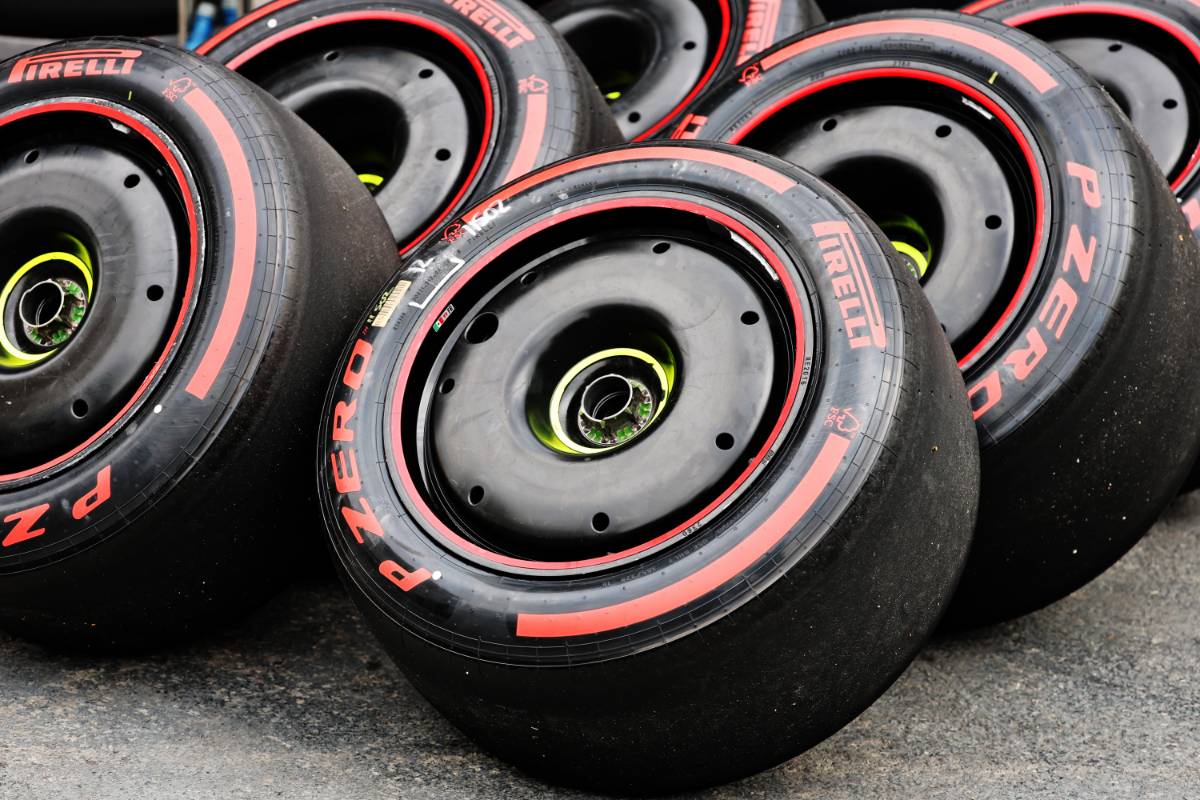Ice on the Strip: Tyre management takes center stage in Vegas

Today at 05:51 AM
As Formula 1 descends upon Las Vegas for the second edition of the neon-lit event, teams face a unique challenge: the unforgiving cold.
While the desert city is known for its scorching temperatures, the evening sessions and night race present a stark contrast. With temperatures plummeting after sunset, warming tyres around Vegas' 6.201km street circuit and keeping compounds in the proper operating window will be paramount.
Pirelli has outlined the key considerations for this weekend. Meanwhile, Ferrari is banking on innovative technology to gain an edge in the unique conditions.
The tyre allocation for Las Vegas features the three softest compounds in Pirelli's range: the C3-hard, C4-medium and C5-soft.
With eight sets of soft tyres, three sets of mediums, and two sets of hards available to each driver, strategy will inevitably hinge on getting the tyres into the optimal temperature range and keeping them there.
"The main challenge on the tyre front will be warm-up, especially during qualifying and for the front axle in particular," Pirelli noted.
"Drivers will have to be careful to bring the tyres up to temperature without overworking them, avoiding any lock-ups at the heaviest braking points, particularly at the end of the longest straights, along which the tyres will suffer a further reduction in surface temperature."
In addition, the low temperatures could lead to graining, which might accelerate tyre wear and push teams toward a two-stop strategy. However, Pirelli noted that one-stop strategies should remain viable under certain conditions.
"Furthermore, low temperatures lead to a reduction in grip and that can cause increased graining. These factors could lead to a speeding up of the wear process, which suggests a two-stop strategy, which was in fact the most popular choice last year.
"However, a one-stop can still be quite competitive, especially if the driver gradually brings the tyres up to temperature, prolonging its life over a long stint.
"Because of the difficulty in warm-up, pitting early to try and make up places with an undercut is not very efficient and in fact, on paper, going longer is a better choice."
Among the teams grappling with the expected tyre issues, Ferrari – which put both its cars on pole position a year ago in Las Vegas – has emerged as a key contender with a data-driven solution that could mitigate the cold-weather challenges.
Charles Leclerc acknowledged the tricky task ahead.
"We were very strong last year. The characteristics of the track are better for our car," said the Monegasque driver.
"However, I think it might be a bit trickier for us to put the tyres in the [right] temperatures."
But the Scuderia may have an ace up its sleeve this weekend. Ferrari's engineers in Maranello have developed a cutting-edge mathematical model to simulate energy and heat transfer on tyre surfaces under specific conditions.
Leveraging data from last year's race, this model has helped optimize the Scuderia's setup, ensuring a better balance between aerodynamic performance and tyre management.
The technology has already paid dividends this season, with upgrades improving the SF-24's downforce without compromising balance.
If Ferrari can successfully harness the power of this model, it could give Leclerc and teammate Carlos Sainz a significant advantage over their rivals in the cold Vegas night, and provide the Scuderia with a breakthrough, not just for this weekend but for the long-term development of their car.
Keep up to date with all the F1 news via Facebook and X
The post Ice on the Strip: Tyre management takes center stage in Vegas appeared first on F1i.com.


